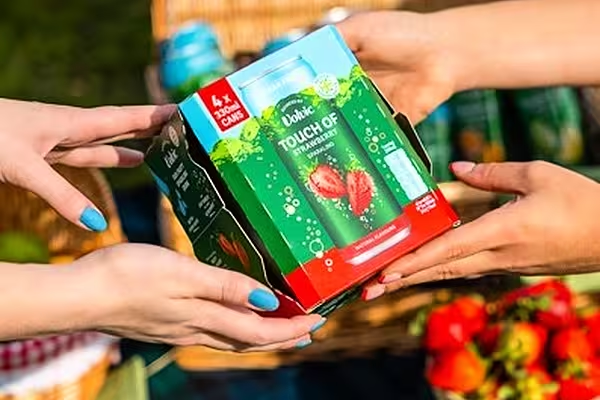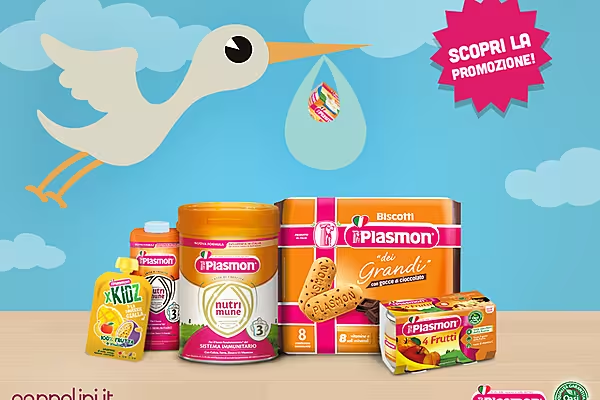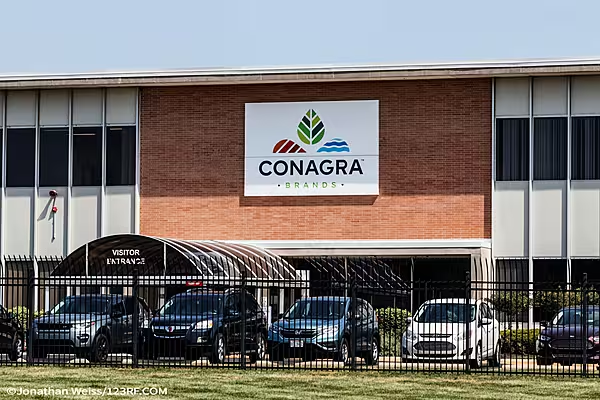French food group Danone has laid out plans for becoming a more efficient organisation in a post-COVID world, including by cutting costs, trimming product ranges and reorganising its business.
The world's largest yoghurt company announced its intention ahead of an online investor meeting, the first in a series of updates covering plans announced last month.
"We believe we need to start with what we can count on, what is in our control," CEO Emmanuel Faber told reporters.
Danone is reshaping itself into a 'local-first' company, giving local business units around the world more autonomy, and promoting their zone presidents to the executive committee.
It also plans to reduce the range of products it sells by 10-30% in the next year, focusing on faster-growing and more profitable products.
Cost Savings
It expects its actions will result in €1 billion in cost savings by 2023, including a 20% reduction in overhead costs.
It also expects to return to profitable growth as soon as the second half of 2021, and for its recurring operating margin to return to its pre-COVID level, at more than 15% by 2022. It sees a mid-to-high teen margin level in the mid-term.
"The credibility of the new targets will be questioned given Danone's failure to deliver its previous (mid-term) margin target," Jefferies analysts said in a note. "But this feels like a step forward to us in the light of the low valuation and cautious consensus."
The company wants to turn around performance that has suffered in the pandemic due to fewer people buying bottled water or specialised nutrition products in China.
Full-Year Guidance
The maker of Activia yoghurt and Evian water reiterated its 2020 full-year guidance for 14% recurring operating margin and the delivery of €1.8 billion of free cash flow.
It gave no update on asset disposals, telling reporters there would be more news on this during the first half of the year.
Faber, now in his sixth year as CEO, has pursued a strategy centred on diversifying the group's portfolio into fast-growing products featuring probiotics, protein and plant-based ingredients to mitigate slower growth in dairy.
News by Reuters edited by Donna Ahern, Checkout. Click subscribe to sign up for the Checkout print edition.









